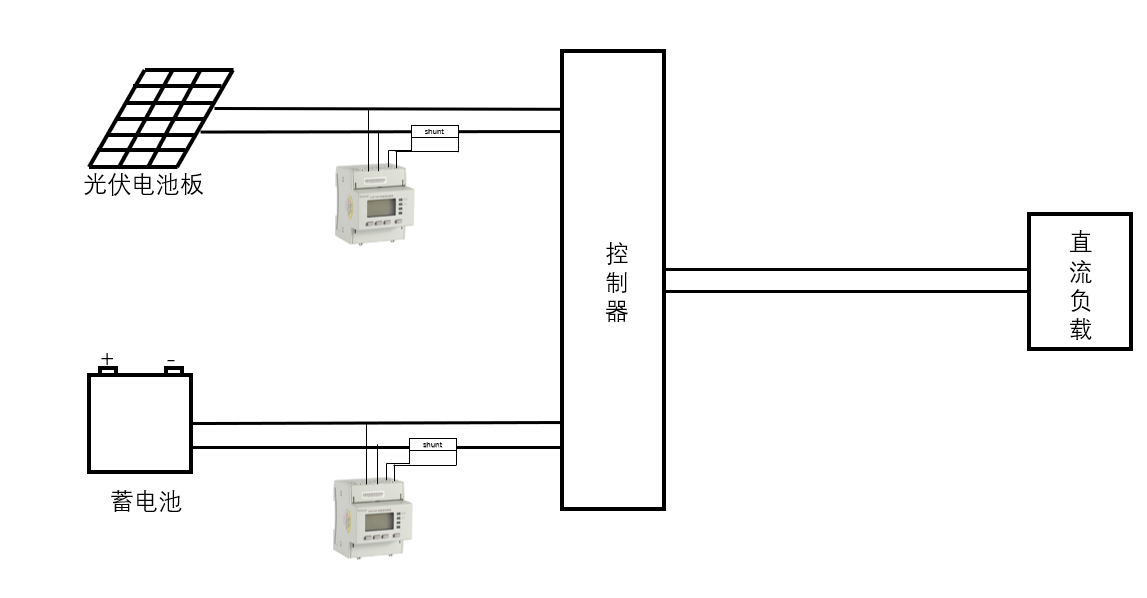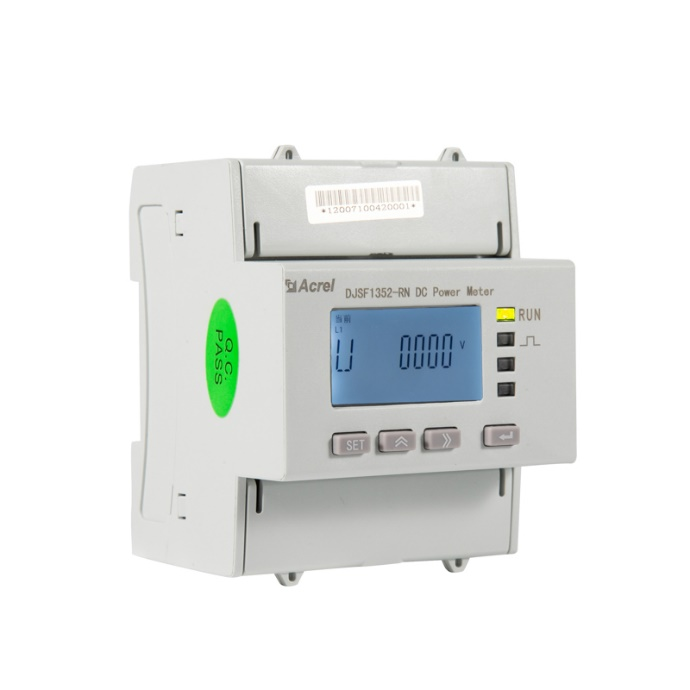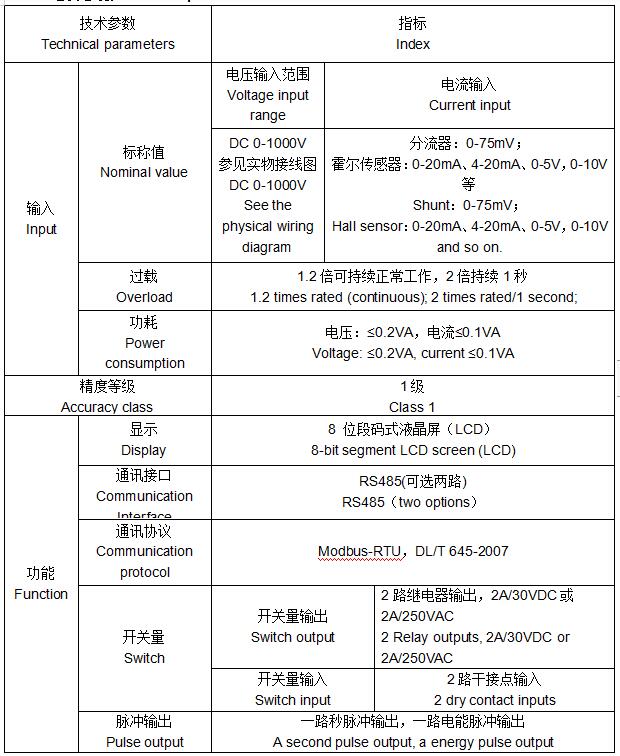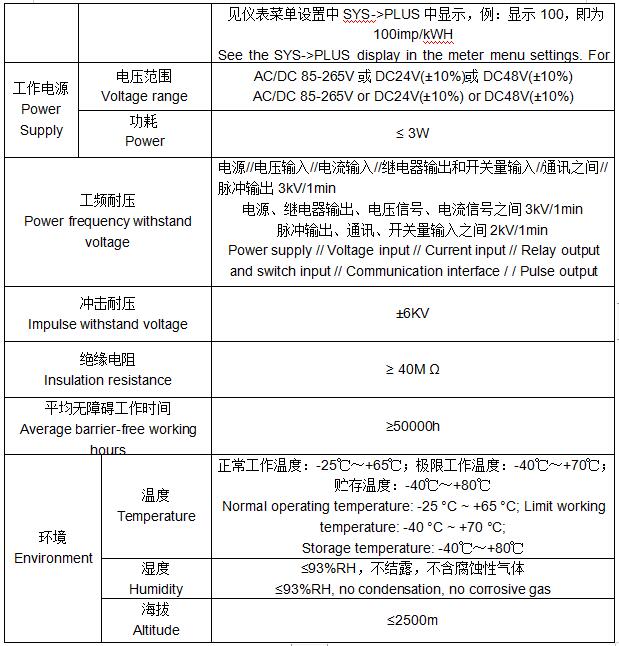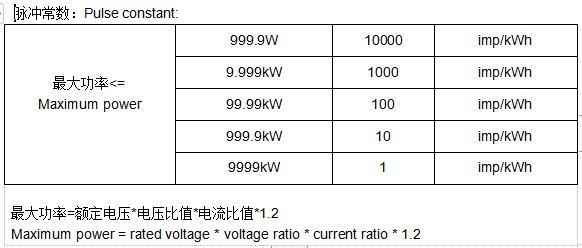Summary
Alternating current is more convenient and economical than direct current in high voltage transmission. However, in some application scenarios, the application of direct current to directly supply power to the DC load can make the circuit design simpler and more efficient. At present, DC power distribution in photovoltaic & energy storage systems can directly supply DC power through photovoltaic or batteries. It is also widely used in new energy power systems, such as solar street lights, DC air conditioners, and 5G communication base stations.
1. Project Overview
Singapore relies heavily on natural gas for power generation, but its own natural gas energy is not enough to support this huge natural gas consumption. 95% of the natural gas energy needs to be obtained through liquefied natural gas supplied by pipelines and shipping from neighboring countries. At present, Singapore is vigorously developing photovoltaic power generation & energy storage projects to realize the diversification of power supply methods.
A residential photovoltaic energy storage system customized by a Singaporean customer for household users adopts our DJSF1352RN series DC energy meters and shunts to perform statistics and predictions on photovoltaic power generation, energy storage battery charging and discharging, and optimize the overall energy efficiency.
2. System application
During the day, photovoltaic power generation supplies the load, and the excess power charges the battery. At night, the battery supplies power to the load. In order to better demonstrate energy distribution, optimize overall efficiency and system reliability, the customer installed DJSF1352RN series DC energy meters on the photovoltaic power generation side and the battery energy storage side respectively. The controller detects the power generation of the photovoltaic panels and the charging and discharging process of the battery in real time, predicts the power generation of the photovoltaic panels, and dynamically adjusts the charging and discharging power and timing according to the detected and predicted data, which effectively ensures the stable and reliable operation of the load.
The overall system diagram is as follows:
Figure 1 Photovoltaic power generation + energy storage system diagram
3. Product introduction
Figure 2 Physical map of DJSF1352RN DC energy meter
The DJSF1352-RN din rail mounted DC energy meter supports dual DC input and is mainly designed for applications such as telecom base stations, DC charging piles, and solar photovoltaic. This series of meters can measure voltage, current, power, and forward and reverse energy in DC systems. In the actual use site, this series of meters can not only measure the total electric energy, but also measure the electric energy within a specified time period.
4. Product features
1. Rail type installation
2. Voltage, current, power and other electrical parameters measurement
3. Forward and reverse active energy metering
4. Historical energy statistics for the last 12 months
5. It has the function of automatic conversion of calendar, timing and leap year, and has the function of school time. The error of the clock issued by the broadcast shall not be greater than 5 minutes. If the time is not calibrated within ten minutes before and after zero, the time is only allowed to be calibrated once a day.
6. There are two sets of rate periods, which can be automatically converted between the two sets of rate periods through a preset time. At least two time zones can be set for each set of rate periods throughout the year, and at least 10 periods can be set within 24 hours.
7. RS485 communication interface, using DL/T645-2007 communication protocol and Modbus-RTU protocol, RS485 communication rate can be set at 1200bps, 2400bps, 4800bps, 9600bps.
5. Technical parameters
6. Conclusion
At present, the household photovoltaic market in developed overseas regions is relatively mature, and on this basis, household energy storage is also entering the fast lane of development. According to the statistics of IHS Markit, a third-party research and consulting agency, the average compound growth rate since 2016 has been as high as more than 50%. At present, the household energy storage market is mainly concentrated in the developed regions with good household photovoltaic development, such as Europe, Australia, Singapore and so on. Therefore, in overseas photovoltaic energy storage systems, the demand for DC metering is still growing explosively.
Post time: Jan-29-2022
